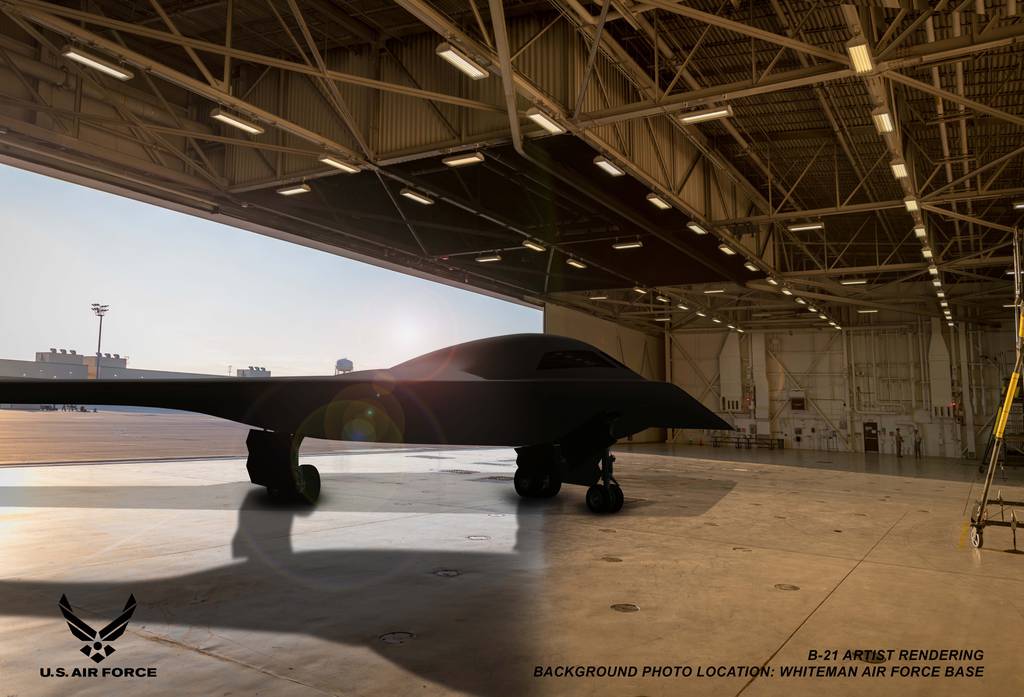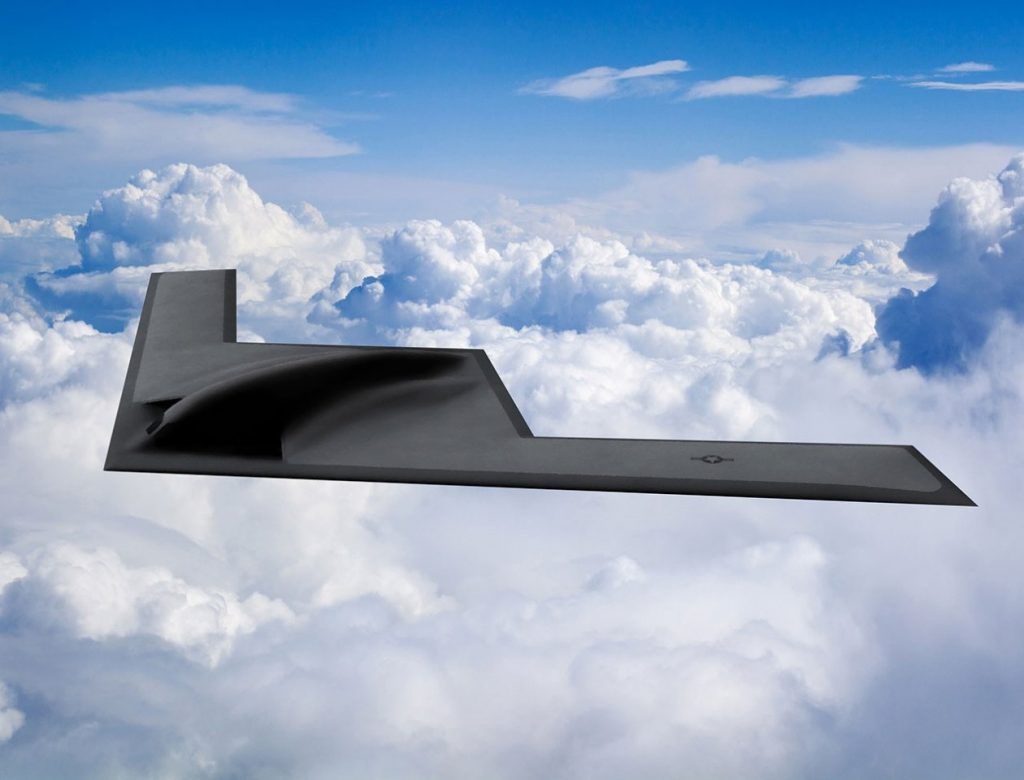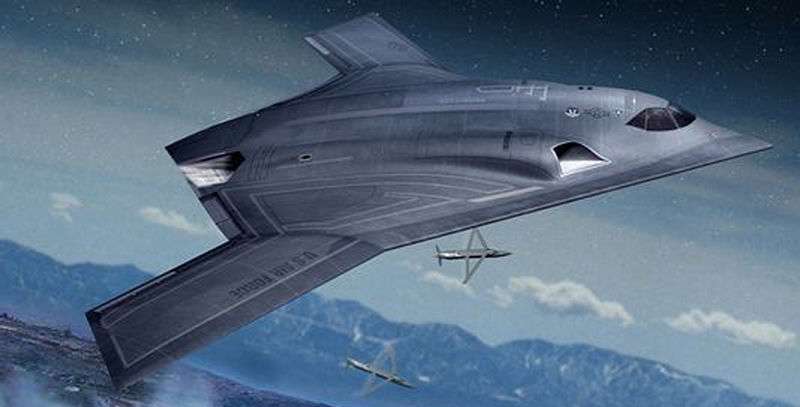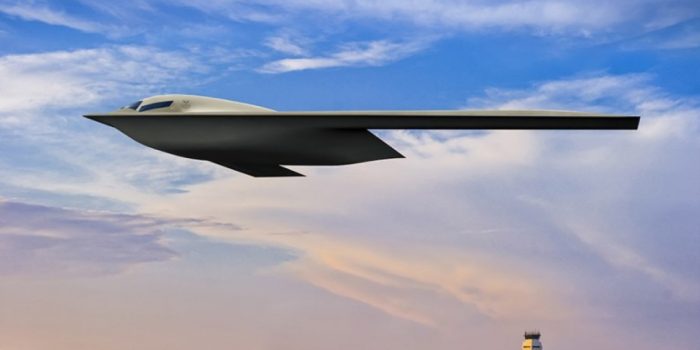The U.S. Air Force has five B-21 Raider heavy bombers currently in various stages of production at manufacturer Northrop Grumman’s Plant 42 in Palmdale, California, the Secretary US Air Force, Frank Kendall, officially confirmed on 21st Sept.
“We have been living off of bomber fleet investments made many decades ago, but that is rapidly changing,” Frank told the audience at the Air Force Association’s Air, Space and Cyber Conference here.
“You will never hear me make optimistic predictions about programs. All programs have risk, and the same is true of the B-21, but at this point, at least, the program is making good progress to real fielded capability,” Frank added.

The secrecy that has surrounded the B-21 programme has been one of its defining characteristics. Since the project started in 2014, the aircraft’s details and development timetable have been vague other than its existence and issues of public record such as the bomber’s budget.
The priority placed on B-21 is justified considering that it will one day comprise one-third of the United States’ nuclear deterrence triad. While current air defence systems are developing, a nuclear-capable bomber designed to breach enemy bases must have some incredibly intricate technologies.
However, the general public is unaware of the B-21 Raider, named after the WWII Doolittle Raiders. Randall Walden, director of the Department of the Air Force Rapid Capabilities Office and Program Executive Officer of the B-21 Raider Program, told Air Force Magazine in January that two of the bombers were being built. Now Secretary Kendall has confirmed that five prototypes of a fleet of between 100 and 200 US$550 million planes are under construction.
In 2027, the B-21 will join the B-52 Stratofortress, B-1 Lancer, and B-2 Spirit bombers, eventually wholly replacing them after they retire. The B-21 will be capable of carrying conventional and nuclear weapons in a stand-off and direct attack configurations, as well as intelligence, surveillance and reconnaissance, electronic attack, command and control, and other missions.

The B-21 Raider’s performance is still shrouded in secrecy. However, we know it will outperform the B-2, travel at subsonic speeds, and fuel a modified military-grade jet engine. Pratt & Whitney is a subcontractor; thus, one of their engines may be a contender.
Nonetheless, the B-21 makes tremendous progress in terms of stealth. Unlike the F-35, B-21 has designed to remain undetected for as long as necessary.
The B-2 bomber has completely transformed with its flying wing design and radar-absorbing coating, but it was also complicated and costly to maintain. The B-21 enhances stealth by combating low-frequency radar systems designed to detect stealth aircraft that can evade conventional microwave frequency radars.
The stealth coating of the B-21 bomber is more durable than that on the B-2 and does not require frequent maintenance. This implies that the bomber is not only less expensive to operate, but it also does not require environmentally controlled hangars that can keep temperatures within a few degrees.

“We have a nationwide industry team who has shown tremendous dedication and grit over the past 18 months,” says Doug Young, vice president and general manager of Northrop Grumman’s Strike Division. “Combined with our extensive collaboration and transparency with our Air Force customer, and the success we’ve had in bringing digital tools into our design and production processes, the B-21 program is leading the way in many respects.
“With the capability to hold targets at risk anywhere in the world, this weapon system is critical to our national security. Northrop Grumman is committed to delivering the B-21 Raider to the warfighter on time to ensure America can project its power globally for decades to come.”
Source: Northrop Grumman


